Soybean Checkoff Research
Agronomy
Research Projects
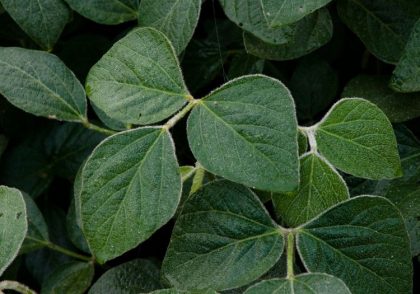
High Management and High Yielding Soybeans in Washington County
“There are a lot of tools we can use to get the nutrients into the crop.” – Jonah Neill, Washington County Farmer
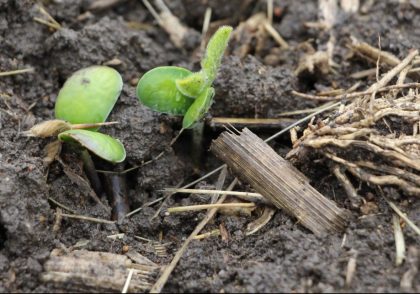
Soybean Planting Progress, Emergence, and Misconceptions
At this point in the growing season, obtaining a stand of sufficient plant population is the first step in ensuring maximum soybean yield.
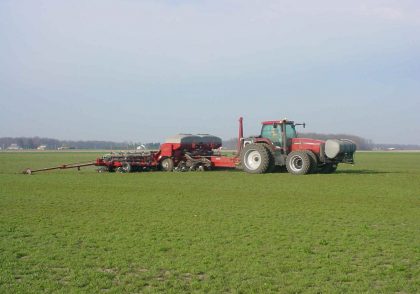
Spring SCN Testing and a Research Opportunity for Ohio Growers
While it is important to know about the presence of SCN in a field, it is more important to know the SCN numbers.
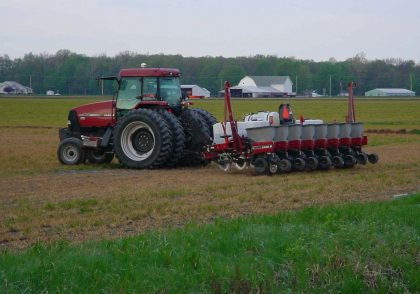
First Time No-tillers
In tilled fields, poor soil structure and soil compaction are major issues. This creates a major problem for famers switching to no-till.
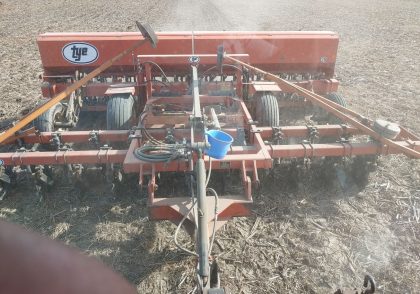
Planting Date and Crop Yields
Mudding crops in can be a disaster if it gets dry. Shallow rooted crops in compacted soils often result in poor crop stands and low yields.
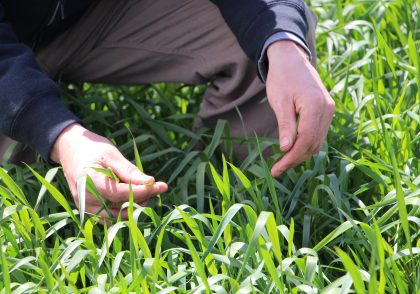
Biological Nutrient Uptake
Soil microbe interact with plant roots and soil minerals to releases plant nutrients from soil minerals.
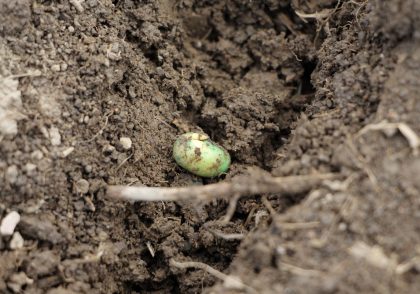
Cold temperatures and precipitation after planting can cause imbibitional chilling.
Past work in soybeans suggest the temperature in the first 8-12 hours post-planting is critical to prevent imbibitional chilling.
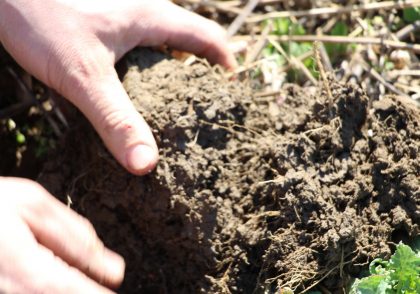
Breaking Down Crop Residue
Excessively wet soil conditions favor bacteria that thrive in low oxygen, and slows down crop residue digestion. Particle size plays a critical role in getting residue to decompose rapidly.
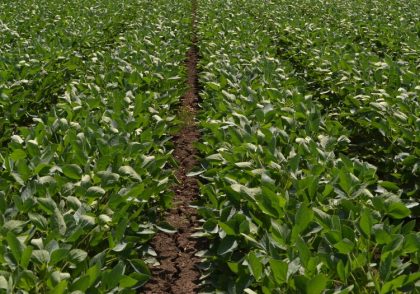
Rotate SCN-Resistant Seed Varieties for Optimal Protection
Understanding the difference between soybean cyst nematode-resistant varieties may help soybean growers understand the importance of rotating sources of resistance, which is one of the …